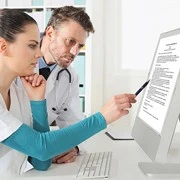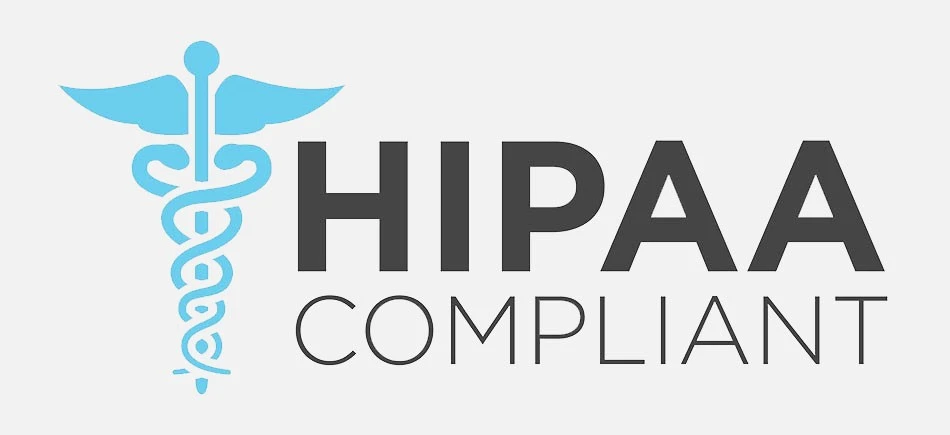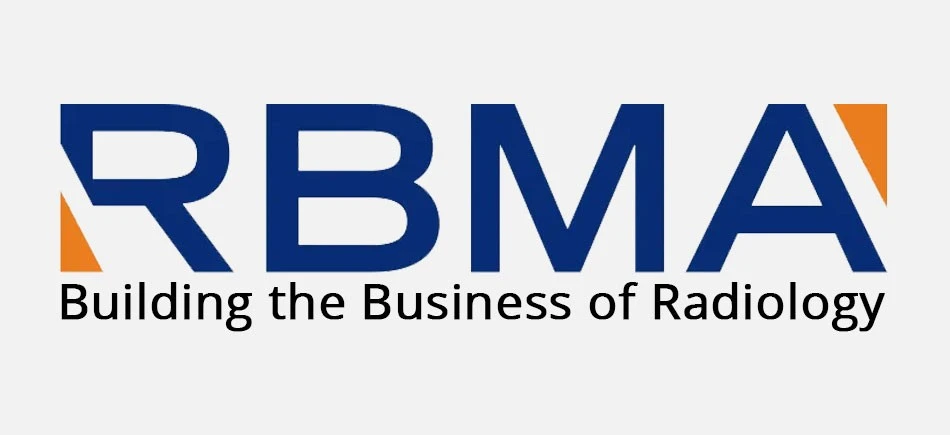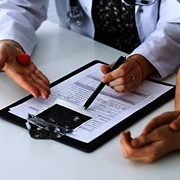10 Sure Shot Ways to Eliminate Medical Transcription Errors

Maintaining correct and reliable medical documentation is of paramount importance for your healthcare organization. The need for documenting all the medical procedures for future reference has made the medical transcription an essential part of the healthcare industry. It is important that your medical transcriptionists understand the medical terminologies and jargon used by the doctors to avoid any errors.
In medical transcription, the quality should always be your topmost priority. A small mistake in the transcription process can lead to huge losses. There may be many ways in which errors creep into the transcribed documents. But, the good news is you can take several courses to ensure that it doesn't happen. If you want to know the most common reasons for medical transcription errors, we have listed here some of the ways to eliminate medical transcription errors.
Some Reasons Why Transcription Errors Occur?
Medical transcription errors can occur in various ways. Some of the most common reasons for medical transcription errors are -
- Your transcriptionists are not familiar with the medical jargons used by the doctors
- The dictated reports are in a non-standard format which results in unclear statements, or missing information
- Poor sound quality makes it difficult for a transcriptionist to understand the dictation
- Words which sound-alike confuse the transcriptionist who doesn't have the relevant knowledge
- Inadequate quality checks of the transcribed documents
10 Effective Ways to Avoid Medical Transcription Errors
An alarming statistic relating to medical transcription is that about 30% of the medical transcriptions are inaccurate. This result in an annual revenue loss of about $17 billion to $29 billion. Every time your transcriptionist transfers information to the digital file, there is a risk of error. Even a minor mistake can aggravate and cause huge losses.
Hence, it is important to focus on why transcription errors occur so that it can be reduced as soon as possible. If you want to know how to avoid common transcription errors and are looking for tips for avoiding medical transcription errors, we have come up with some of the most effective ways. These are -
-
Hire an Expert Team

This is one of the most important and obvious ways of reducing medical transcription errors. If you outsource the medical transcription services, make sure that your offshore team is well trained and have robust language skills. This will help keep your medical record management error-free.
-
Quality Check is a Must

Once the medical transcription is done, it must be sent for proofreading. It is important to have an expert team of proofreaders and editors who can thoroughly examine the transcribed document and sieve out the errors. More the number of quality checks, lesser are the chances of errors in the document.
-
Use Latest Transcription Equipment

Medical care is directly related to the information available to the doctors. Thus, the quality of the transcription equipment in your healthcare organization is as important as the quality of your physicians. Constantly upgrading the reporting system and implementing safeguards to improve the quality of your current transcription equipment, ensures better sound quality.
-
Follow a Template

Having a generic template helps the team to make fewer errors. Encourage your clinicians to set a template which will ensure that all the required information about the medical condition is mentioned. This will also make it easier for the transcriptionists to transfer the files.
-
Track the Feedback

It is important to consider and track all the feedback from clients, transcriptionists, and editors. This will help in identifying the most common type of errors, how often they happen, and by whom. If necessary, additional training must be provided to reduce such errors.
-
Have a Consistent Team

Assign every client with a specific group of transcriptionists and editors. As they will be working with the same client, they will know exactly what type of errors will be common in the documents and can correct those. Also, the transcriptionists are experts in that field and will be able to understand the terminologies.
-
Use Speech Recognition Apps

There are plenty of good quality speech recognition applications in the market today which can be used to transcribe the audio files. This will speed up the transcription process as compared to the manual process. Combining this with a quality check level will help in improving the quality of your medical transcriptions.
-
Listen to the Whole Audio First

This step may seem to be an unnecessary and a waste of time but is actually beneficial. Having a clear picture of the nature of the transcription will be helpful while writing. This tip will improve the efficiency of the transcriptionists and speed up the transcription process.
-
Choose Accuracy Over Speed

Speed is important when it comes to transcribing medical files, but the accuracy of the transcription must be given the highest priority. Errors and typos which happen when you type too fast will slow the process down in the long run. This is one tip, which you should certainly focus on and strive towards mastering it.
-
Practice Your Typing Skills

Your team of transcriptionists must practice their typing skills. Generally, people use 2-3 fingers when they type, while we have 10 fingers at our disposal. Focusing on this particular aspect will considerably help improve the quality of your medical transcriptions. There are many online typing tutorials which can be leveraged to practice and improve the speed and quality.
Popular Medical Transcription Tools
There are plenty of medical transcription tools available in the market today. Quality and speed are the key aspects when it comes to medical transcription, which is made possible by making use of some of the best and latest medical transcription tools and technologies. A few popular tools that you must leverage are -












Choose O2I for Error-free Medical Transcription Services
Outsource2india has been a leading provider of high-quality medical transcription services in India and a plethora of other healthcare services. We have been in the healthcare services domain for almost two decades now and understand the exact pain points of the customer and provide the services accordingly. Our team comprises some of the most skilled and talented medical transcriptionists who understand the importance of speed, quality, and cost-effectiveness of medical transcription services. Having our delivery centers across time zones, we have the capability to provide quick services to clients across any time zone. All our services and processes are ISO certified and comply with the HIPAA standards.
If you are looking for a reliable, cost-effective, highly accurate, and efficient medical transcription service provider, then you have come to the right place. Get in touch with us today!
Get a FREE QUOTE!
Decide in 24 hours whether outsourcing will work for you.
Have specific requirements? Email us at: ![]()
Key Differentiators
Software At O2I Healthcare
Specialties HIPAA Compliance HIPAA 5010
Standards Compliance CPT Coding
Compliance Healthcare
Processes Medical
Billing Process Charge
Entry Process Medical
Coding Process Medical
Claims Process FAQs on Medical Accounts
Receivable Services FAQs on Outsourcing
Claims Adjudication Services Medical
Transcription Process HL7 ICD-10 Compliance
-
 Outsourcing Medical Billing Services - Evaluating its Impact on Your Practice
Outsourcing Medical Billing Services - Evaluating its Impact on Your Practice
-
 US-based Healthcare Research & Consulting Firm Approached O2I For Medical Transcription Services
US-based Healthcare Research & Consulting Firm Approached O2I For Medical Transcription Services
-
 Outsource2india Provided Patient Onboarding Services to a Leading Healthcare Company
Outsource2india Provided Patient Onboarding Services to a Leading Healthcare Company
-
 Outsource2india Assisted a Florida-based Medical Billing Company with ICD-10 Implementation
Outsource2india Assisted a Florida-based Medical Billing Company with ICD-10 Implementation
-
 Caribbean Radiologists Got STAT Reports Automation Services from Outsource2india
Caribbean Radiologists Got STAT Reports Automation Services from Outsource2india
-
 Outsource2india Helped a Medical Imaging Firm with Quick Teleradiology Services
Outsource2india Helped a Medical Imaging Firm with Quick Teleradiology Services
















 \
\






